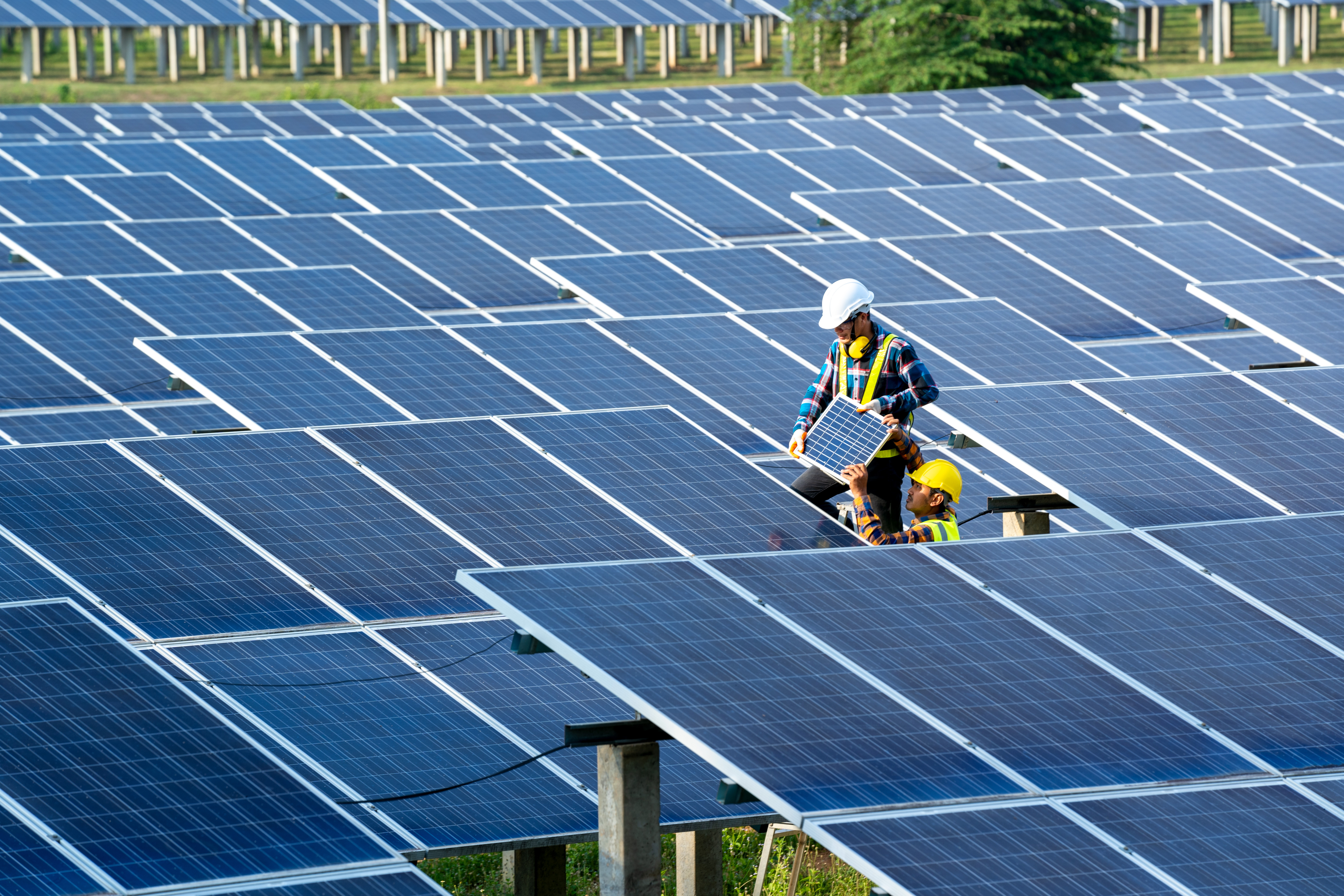
The UK's Energy Transition
The UK’s electrical energy industry is highly complex, and currently experiencing a period of rapid transition.
To understand details of this transition – and what it might mean for the future of the industry – requires a closer look at each of the three key stages in electrical power supply; namely its generation, transmission/distribution and consumption/infrastructure. These phases function together within a tightly integrated system, so any fluctuations or adjustments at one stage have an impact elsewhere.
Right now, the system is grappling with multiple shifts and changes during all three phases: from decarbonising its generation in response to climate change, to major supply issues in the geopolitical arena, greater decentralisation of supply, rising demand, and the need to integrate/invest in new technologies and working practices.
How is the UK’s Energy Sector Reducing Carbon Emissions?
The burning of fossil fuels is recognised by scientists as a major contributor to greenhouse gases (GHG), which include CO2 and methane. Greenhouse gases trap heat within the atmosphere, hence they are considered a major cause of global warming and climate change.
The UK is one of many countries that signed the 2015 Paris Agreement to cut greenhouse gas emissions in an effort to limit the temperature increase to 1.5°C above pre-industrial levels.
One of the main areas of focus has been the energy sector, which has shifted away from generating energy from fossil fuels (including coal and natural gas) towards generating energy using renewable, green and clean energy sources.
As well as reducing our greenhouse gas emissions, this transition has been cited as bringing with it other benefits – notably cheaper, more sustainable, more secure energy provision for the UK.
The result has been a notable uptick in the country’s efforts and rate of acceleration towards renewable energy sources, both on a local and industrial scale.
Is the UK’s Energy Supply Decentralised?
Until recently, energy suppliers had monopolies on both electricity generation and transmission/distribution. Now, these same suppliers are having to deal with multiple sources of decentralised generation – from roof-top solar panels owned by private individuals to industrial scale solar and wind farms, instead of just one central source of power.
In other words, a higher proportion of the UK’s power is being generated by smaller, localised power grids.
Alongside this shift towards a decentralised supply is the rising levels of demand (for example through the growing number of heat pumps and the electrification of vehicles.) This combination of ever-increasing consumption and fluctuating generation is creating significant challenges for the UK’s distribution network (the National Grid) to balance the country’s supply/demand curve.
What is the UK’s Smart Grid?
Overcoming the challenges posed by decentralised supply and rising consumption requires the highest possible quality of data and technical flexibility. This has led to some significant changes in the way that demand across The Grid is managed.
We’re seeing more digitalisation, the development of intelligent networks (the Smart Grid), the rollout of smart metering devices, the deployment of energy storage (such as hydrogen and battery technology) and microgrids, and the improvement of flexible load options.
.....................................
.png?width=519&height=324&name=The%20UKs%20Energy%20Sector%202023%20(1).png)
In our informative Energy ebook, we take a deep dive into the UK’s electrical energy industry.
We look at the need for consistency, security, and affordability of supply, as well as the flexibility required to satisfy varying levels of demand.
We also consider how the UK is developing a smarter, more integrated system to meet its current and future needs, through the use of artificial intelligence (AI), machine learning, monitoring technology, as well as the development of robust IT systems which enable faster, more detailed data capture and analysis.



